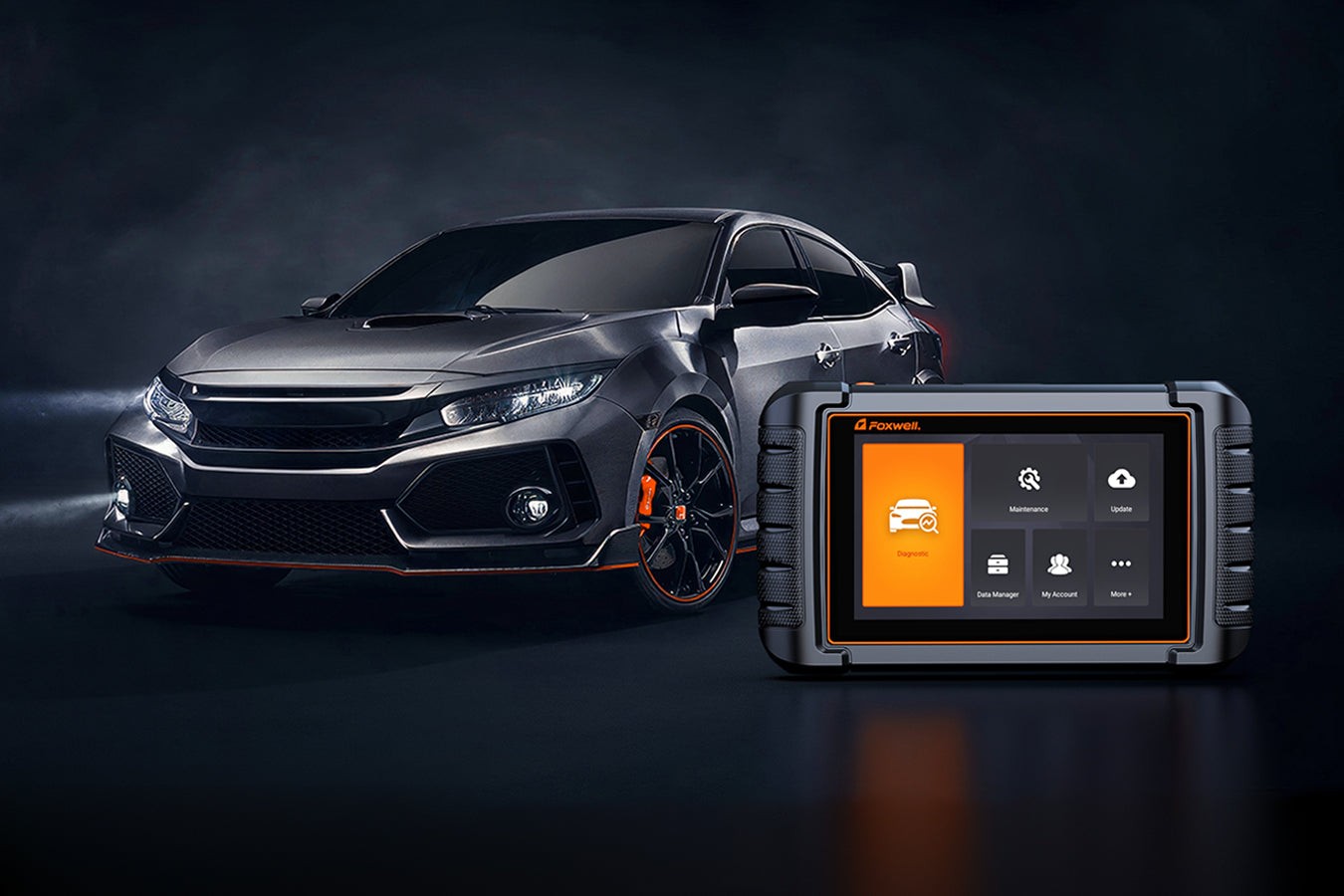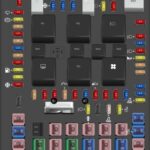On-board diagnostics (OBD2) revolutionized vehicle maintenance. This system allows cars to self-diagnose and report issues, significantly improving repair efficiency and enhancing safety. A critical aspect of OBD2 functionality lies in its ability to diagnose transmission problems. This article explores the intricacies of Obd2 Transmission diagnostics, guiding you through the process of understanding, identifying, and resolving transmission-related issues.
Understanding OBD2 and Transmission Codes
Modern vehicles rely heavily on electronic systems to control and monitor transmission performance. When problems occur within these complex systems, the consequences can range from minor performance hiccups to complete vehicle failure. An OBD2 scanner capable of reading OBD2 transmission codes provides a window into the inner workings of your transmission, revealing issues such as:
- Gear slippage
- Solenoid malfunctions
- Sensor failures
By accessing these codes, you can address problems promptly, preventing further damage and costly repairs.
Types of OBD2 Scanners for Transmission Diagnostics
The market offers a range of OBD2 scanners with varying capabilities. When choosing a scanner for OBD2 transmission diagnostics, consider the following types:
- Basic OBD2 Scanners: These entry-level devices provide essential diagnostic data, including code reading and clearing. While suitable for basic troubleshooting, they may not offer OBD2 transmission code reading.
- Advanced OBD2 Scanners: These scanners provide comprehensive functionality, including live data streaming, enhanced code definitions, bidirectional control, and access to manufacturer-specific codes. They are ideal for enthusiasts and DIY mechanics seeking in-depth OBD2 transmission analysis. Examples include the Foxwell NT510 Elite.
- Professional OBD2 Scanners: Designed for professional mechanics, these high-end devices offer extensive diagnostic capabilities, including system testing and advanced procedures. They often support multiple vehicle makes and models.
- Smartphone-Based OBD2 Scanners: These scanners connect to your smartphone via an app, offering portability and flexibility. Functionality varies depending on the app and hardware.
Choosing the Right OBD2 Scanner for Transmission Issues
Selecting the appropriate scanner for OBD2 transmission diagnostics requires careful consideration of several factors:
- Vehicle Compatibility: Ensure the scanner supports your vehicle’s make and model.
- Manufacturer-Specific Support: Consider a scanner with manufacturer-specific capabilities for enhanced diagnostics if you own a vehicle from a specific brand like BMW or Ford. The Foxwell NT510 Elite offers this specialized functionality.
- Multi-Manufacturer Support: Opt for a multi-manufacturer scanner like the Foxwell NT301 for versatility across different vehicle brands.
- Software and Update Support: Regular software updates are crucial for maintaining accuracy and compatibility with evolving vehicle technologies. Check for scanners with reliable update mechanisms.
- User Interface and Display: A clear and intuitive interface simplifies the diagnostic process. Look for scanners with high-resolution displays and user-friendly menus.
Connecting and Using an OBD2 Scanner
Connecting an OBD2 scanner is typically straightforward:
- Locate the OBD2 port, usually under the dashboard on the driver’s side.
- Plug the scanner into the port.
- Turn the ignition to the “ON” position (without starting the engine).
- Follow the scanner’s instructions to access OBD2 transmission codes. The Foxwell NT510 Elite exemplifies user-friendly navigation.
Interpreting Transmission Codes and Troubleshooting
Most scanners provide code definitions to help you understand the issue. Utilizing online resources, repair manuals, or manufacturer-specific databases can provide further insights. Common OBD2 transmission issues detectable with a scanner include:
- Gear Slippage: Indicated by codes like P0731 and P0732.
- Solenoid Malfunctions: Codes such as P0750 and P0755 point to solenoid issues.
- Sensor Failures: Codes like P0715 and P0720 suggest sensor problems.
After repairs, use the scanner to clear the codes and reset the system. This ensures the vehicle computer recognizes the fixes and monitors for new issues.
Conclusion: Empowering Transmission Diagnostics with OBD2
OBD2 transmission diagnostics empower car owners and mechanics to understand and address transmission problems efficiently. Choosing the right OBD2 scanner, understanding its functionality, and correctly interpreting the codes are crucial for maintaining optimal transmission health and overall vehicle performance. Investing in a quality OBD2 transmission scanner is an investment in the longevity and reliability of your vehicle.


